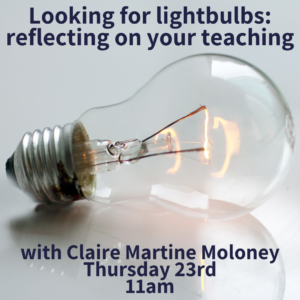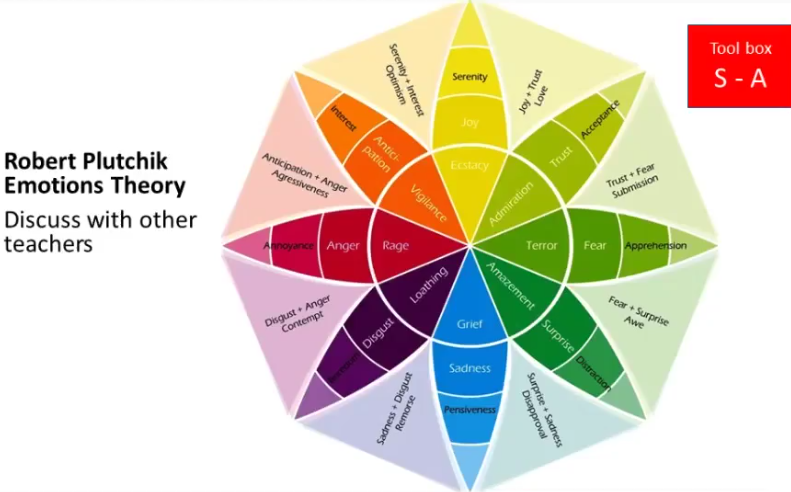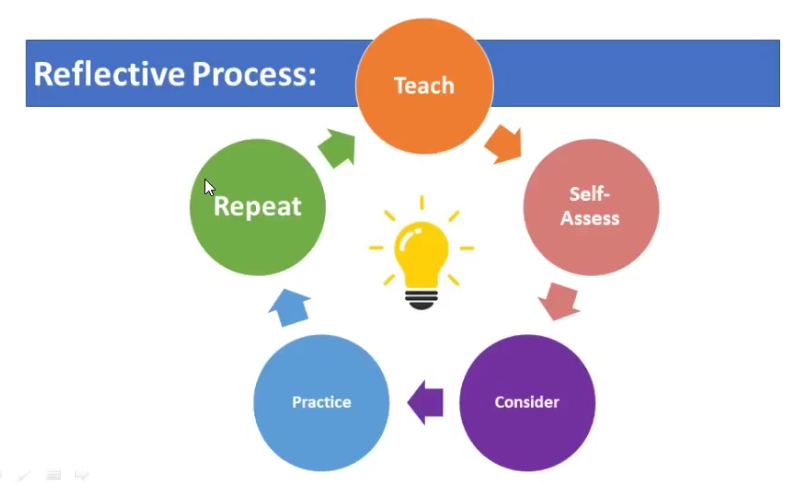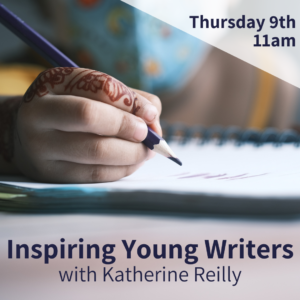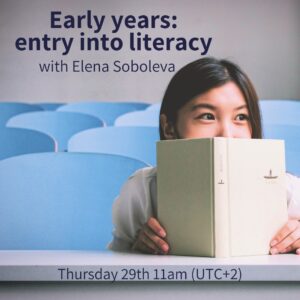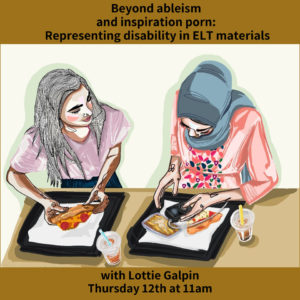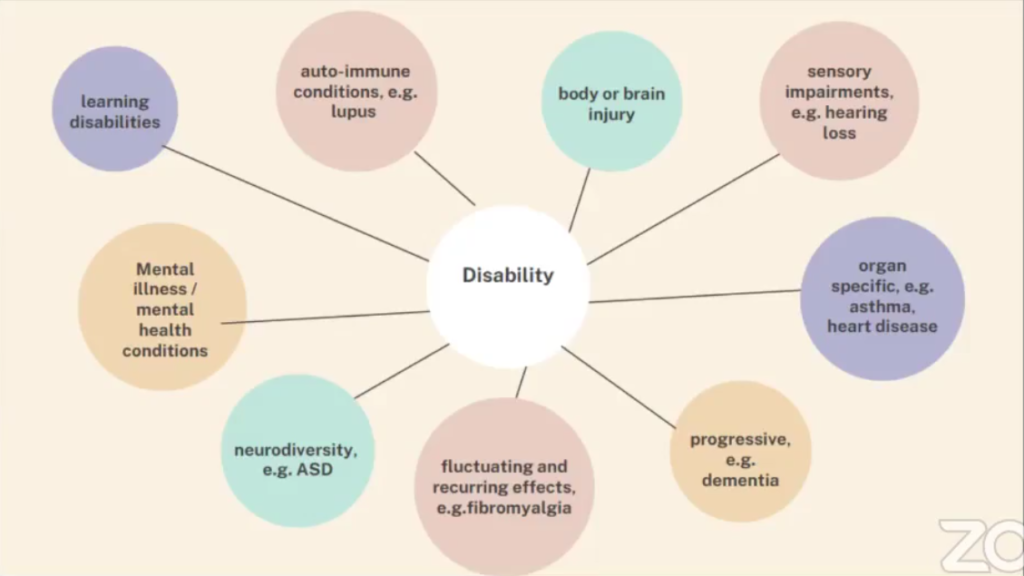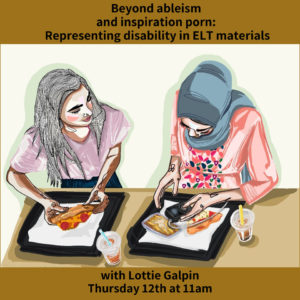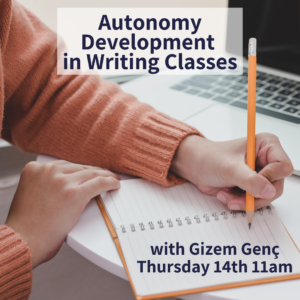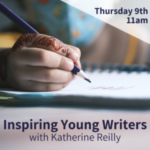
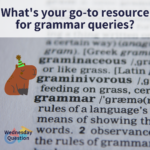





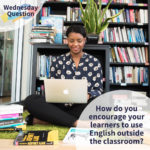
The end of another month in the Hub and it’s been a wonderfully inspiring month with webinars to engage our young learners with writing from Katherine Reilly and a session on emotional intelligence with Claire Martine Moloney. Don’t forget that if you missed either of these, they’re available to view in the Facebook group.
There have been some interestng Wednesday Questions this month which you can add to at any point:
- What’s your go-to resource for grammar queries?
- Have you ever been asked to teach a topic you felt uncomfortable with?
- What are your options in and around ELT?
- How do you find online students?
- Do you use the holidays to work on your CPD or take a break?
- How do you encourage your learners to use English outside the classroom?
Charlie shared another fabulous video with tips on how to easily create multiple choice quizzes on Google docs.
Hugh Donagher shared an interesting article about how English language learners navigate the world of ‘good’ and ‘bad’ English.
Silvina shared more of her wonderful lesson plans, this time on the topics of inspiration and burnout.
For World Environment Day, Bhavna Gupta shared a lesson plan to create awareness of climate action. She also shared a resource on the topic of talking to our learners about war.
Damien Mackay asked about inspiring adolescent learners to read, particularly those who are preparing for exams.
Bianca Moody was looking for coursebook suggestions for a general English course.
Robert Stroud of The University Grapevine posted links to some articles on giving learners more confidence when speaking and how to get them to listen to each other more. There is also a call for articles if you’re interested in publishing your own teaching idea or research.
Erin O’Byrne of the Everything EFL Podcast posted tips on using breating in class, asked whether content or confidence is more important, and what you take into account when planning a lesson. She has also recently done an epiisode on the Lexical Approach if you’re interested in learning more.
Alan Bray of ESLmooc shared an activity with questions to get students speaking.
Paola Dell Acqua shared an idea for some summer reading for young learners.
Diana Joyce shared a link to some upcoming professional development webinars from Awesome ESL.
